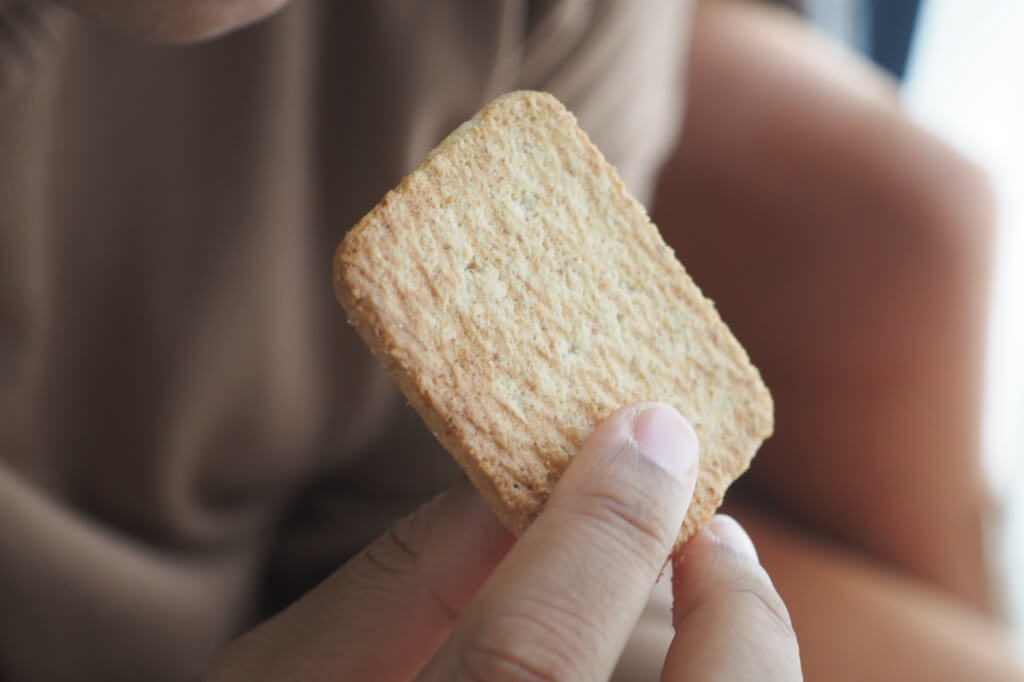Contrary to popular belief, French toast did not originate in France. This delicious dish, made from stale bread soaked in a milk and egg mixture, and then fried, has a history that predates France as a nation. The roots of French toast stretch back to a time when wasting food was unimaginable, and finding ways to make stale bread palatable was a common kitchen practice.
The journey of French toast begins in ancient Rome, with the earliest known reference dating back to the 4th century in a cookbook attributed to Apicius. This Roman version, known as Pan Dulcis, involved soaking bread in milk and eggs and frying it in oil or butter. Remarkably, this method has stood the test of time, remaining largely unchanged in kitchens around the world.
As the recipe for French toast traveled through time, it became a widespread solution in Medieval Europe for using stale bread. Interestingly, in France, where the dish is commonly associated, it’s known as “pain perdu” or “lost bread,” a nod to its origins as a way to reclaim bread that would otherwise be wasted.
The name “French toast” sparks much debate and myth. One such myth, as described in publications like “Why Do Donuts Have Holes,” suggests an American origin, dating back to 1724 by a chef named Joseph French. The story humorously proposes that the dish’s name was a grammatical error, missing an apostrophe in “French’s toast.” However, this entertaining tale is fictional. Historical references to the dish in North America and various European cookbooks predate this story.
The term “French toast” in North America likely emerged for reasons similar to “French fries,” owing to the influence of French immigrants. This naming convention reflects the dish’s popularity and adaptation in the New World, rather than its geographical origin.
Recipes Reflecting Evolution
The evolution of French toast can be traced through various recipes across centuries:
- 4th Century Rome: Described in “Cookery and Dining in Imperial Rome,” the recipe involved soaking bread in milk and eggs, frying it in oil, and serving it with honey.
- 1450 Medieval Europe: A recipe from “The Medieval Kitchen, Recipes from France and Italy,” suggests soaking grilled bread slices in a mixture of eggs, sugar, and rose water, then frying them and topping with saffron-colored rose water and sugar.
- 1887 America: “White House Cook Book” introduces a version called “American Toast,” using milk, eggs, and a little salt to soak slices of light bread, then frying and serving them hot with butter.
- 1906 America: In “Every Woman’s Cook Book,” the method involves dipping bread in a milk and egg mixture, frying quickly in hot butter, and sprinkling with sugar and cinnamon.
A Few Frenchie Facts
- Historically, while most people used stale bread to make French toast, the upper class differed in their choice. They preferred using enriched white bread, a pricier option compared to whole grain bread. This preference reflects a historical irony, given today’s opposite cost dynamic between these bread types.
- French toast is known by various names worldwide. In Britain, it’s called Eggy Bread, Gypsy Toast, or Poor Knights of Windsor. Portugal and Brazil enjoy it as Rabanada during Christmas, while in Spain, Torrijas is a popular Easter dessert. Other variations include Bombay Toast in Sri Lanka and Burma, and Italy’s Mozzarella in Carrozza.
- In Italy, French toast takes a savory turn with Mozzarella in Carrozza. It’s made by sandwiching mozzarella between two slices of bread, dipping it in egg, and frying. Typically, it’s served with tomato sauce and cheese, distinctly categorizing it as non-breakfast fare.
- Scotland enjoys French toast uniquely, serving it as a sandwich with sausage between two slices. In Great Britain, it’s sometimes accompanied by ketchup, adding a tangy twist to the dish.
- India offers a savory version of French toast, devoid of sweeteners. Made with egg, milk, salt, green chili, and chopped onions, it’s typically served with ketchup, showcasing a versatile approach to this global dish.
- In Spain, French toast, or Torrijas, is prepared by soaking thick bread slices in wine or milk, followed by egg dipping and frying. Toppings like honey and cinnamon add a sweet flavor, distinguishing it from other variations.
- Portugal maintains the tradition of using stale bread for making French toast, especially as a Christmas dish. Prepared in the traditional manner, it’s often topped with a sugar and cinnamon enriched syrup, celebrating festive flavors.
- Contrasting with its American breakfast counterpart, in France, French toast is highly sweetened and enjoyed as a dessert. This variation highlights the diverse culinary interpretations of French toast across cultures.
- Much like French toast, fondue also originated from a need to utilize every scrap of food. Traditionally made with hardened cheese and dried-out bread, it’s another example of culinary innovation driven by frugality.
- In historical Europe, food scraps were commonly added to a continuously simmering pot, creating a mix-stew. This practice ensured no food was wasted, providing quick meals and a sustainable approach to food consumption.
The Authentic “Pain Perdu”
In France, French toast, known as “Pain Perdu,” is a beloved staple. This term, translating to “lost bread,” aptly describes the dish’s utilization of stale bread, preventing it from going to waste. Pain Perdu is a delightful mix of simplicity and flavor, characterized by its sweet, tender profile. It’s a testament to the French culinary philosophy of transforming simple ingredients into something exquisite. This dish is not just a breakfast item but often savored as a dessert, reflecting the French flair for elevating everyday fare into a gourmet experience.
British Take on French Toast: “Eggy Bread”
Across the Channel in Britain, French toast takes on a more savory character and is commonly known as “eggy bread” or occasionally “Gypsy toast.” This variant is a testament to the dish’s versatility, moving away from the sweetened French version to a savory delight. It’s a staple in British households, often served in a no-frills, straightforward manner, yet holding its own as a comforting and satisfying meal.
Common Pitfalls in Making French Toast
Making French toast might seem straightforward, but certain missteps can detract from its potential culinary delight. Key mistakes include not selecting the right type of bread, using skim milk instead of whole, insufficiently whisking the custard mixture, not soaking the bread long enough, and cooking at too high a temperature. Each of these factors plays a crucial role in achieving the perfect balance of texture and flavor that defines an exceptional French toast. The choice of bread is particularly crucial; it should be dense enough to absorb the custard without falling apart. Similarly, the richness of whole milk adds to the dish’s luxurious texture, a detail that shouldn’t be overlooked for an authentic taste experience.
French toast, a simple yet beloved dish, showcases the ingenuity of cooks over centuries, transforming a basic need to avoid waste into a culinary delight enjoyed worldwide. Its history is a testament to the interconnectedness of cultures and the enduring appeal of simple, nourishing food. The misnomer “French toast” is just a small part of its rich and varied heritage, one that spans continents and centuries, reminding us that the simplest dishes often have the most intriguing stories.




